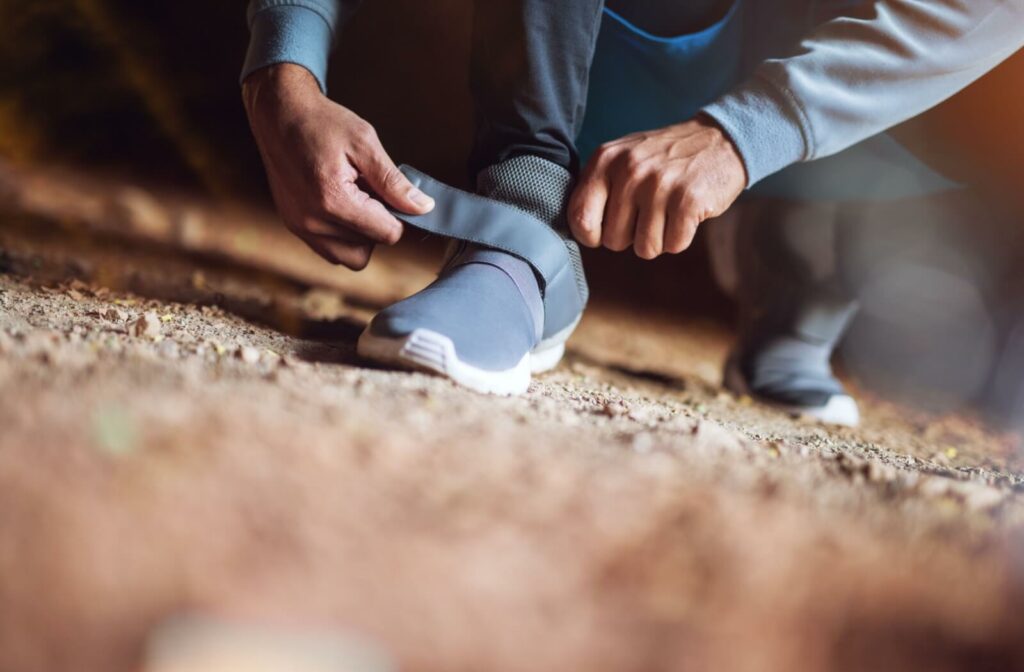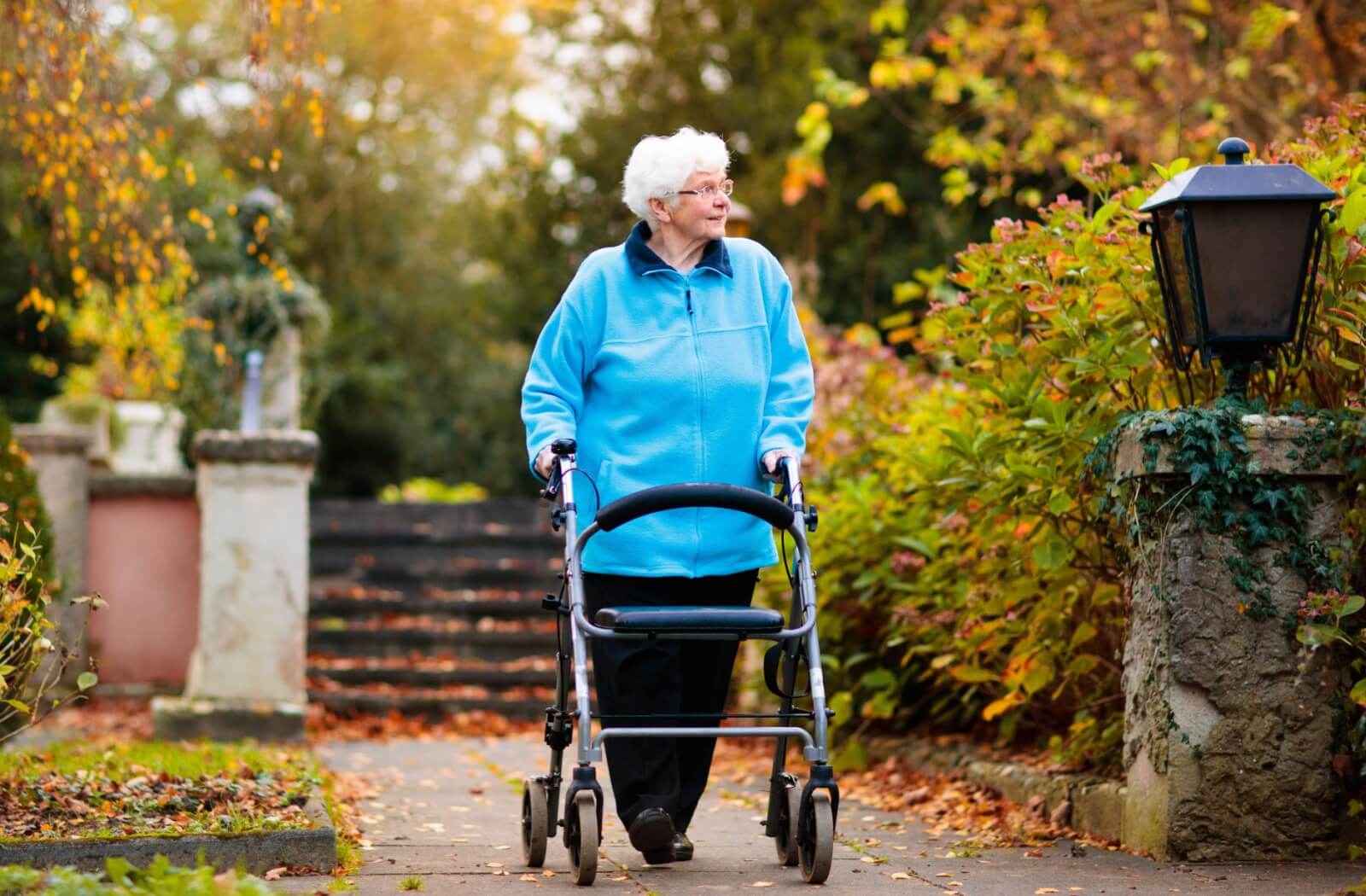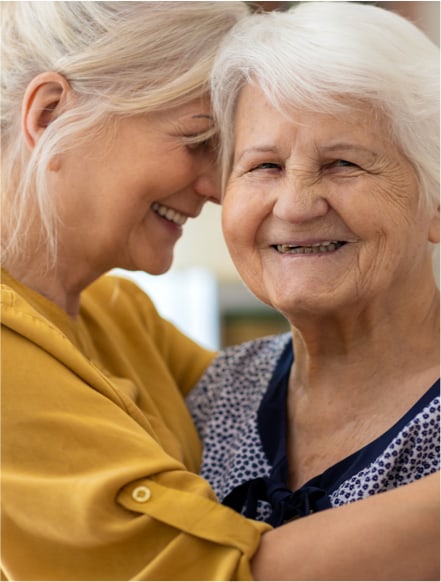Living with Parkinson’s disease presents unique challenges concerning movement and mobility. To help alleviate some of the discomfort and provide additional stability, finding the right shoe can go a long way in helping to mitigate some of these mobility challenges.
Consider the following qualities in footwear for people with Parkinson’s. The right shoes should aim to enhance comfort while navigating daily activities:
- Supportive shoes for stability
- Cushioning and shock absorbing ability
- Orthotic compatibility
- Wide toe boxes
- Slip-resistant soles
- Adjustable closures
This combination of stability, cushioning, and adjustability in footwear can directly impact a person’s ability to navigate their environment safely.
Understanding Parkinson’s Disease
Parkinson’s disease is a chronic and progressive movement disorder that predominantly affects the central nervous system. This condition arises when neurons in the area of the brain responsible for producing dopamine become damaged or die.
Dopamine serves as a neurotransmitter that facilitates smooth and coordinated muscle movements. As dopamine levels decline, individuals with Parkinson’s experience a range of symptoms that disrupt normal motor functions.
Parkinson’s Impact on Mobility
The symptoms of Parkinson’s are diverse and can vary significantly from one individual to another. Notable symptoms affecting movement, mobility, and gait include:
- Tremors: Usually first appearing in one hand, tremors consist of involuntary shaking, making tasks requiring fine motor skills exceedingly difficult.
- Rigidity: Muscle stiffness can lead to a sensation of tightness, making movements feel strained. This limits the range of motion and can contribute to discomfort.
- Bradykinesia: Characterised by slowness of movement, bradykinesia can manifest as difficulty initiating activity or completing tasks at the usual pace. Individuals may notice shuffling steps, reduced arm swing while walking, and challenges transitioning from sitting to standing.
- Postural Instability: People with Parkinson’s may experience balance difficulties, heightening the risk of falls. This instability can occur when shifting weight, especially during sudden movements or changes in direction.
The progression of Parkinson’s disease can severely affect an individual’s mobility and overall quality of life. As symptoms evolve, the challenges individuals face can include:
- Freezing of Gait: “Freezing” is where a person may feel temporarily immobilized and unable to initiate movement, especially in narrow spaces or transitional environments. This can lead to hesitation and increased anxiety around mobility.
- Changes in Posture: Some people with Parkinson’s may develop a stooped posture, making it difficult to maintain balance. The forward tilt can further complicate gait, leading to a greater predisposition to falls.
- Fatigue & Decreased Endurance: Many individuals with Parkinson’s experience increased fatigue, which affects their endurance during movement. This exhaustion can discourage engagement in activities and lead to a more sedentary lifestyle.

The Best Shoes for Someone with Parkinson’s
The symptoms above reinforce why managing mobility through supportive interventions, like selecting appropriate footwear, becomes helpful. Comfortable and supportive shoes can reduce anxiety associated with falling, helping people with Parkinson’s engage more freely in social and physical activities.
Supportive Shoes for Stability
Shoes with a wide base and good arch support help distribute weight evenly, reducing the risk of falls. Look for footwear designed with a contoured footbed that cradles the foot, providing additional support to the arches.
Consider shoes with good ankle collar height to help maintain proper foot alignment and excessive ankle rolling. This offers additional support for those struggling with balance, minimizing the risk of falls.
Shoes that offer ample cushioning can significantly reduce the impact on joints while walking. Look for gel inserts that absorb shock and provide comfort during each step. This is especially beneficial for individuals experiencing stiffness or discomfort, as it helps alleviate pressure and promotes ease of movement.
Orthotic insoles are also a good option for ample cushioning. If orthotic insoles are more comfortable, consider shoes with removable insoles, to fit these personalized orthotics. These can offer additional arch support and cushioning tailored to the individual’s needs.
A shoe with a wide toe box allows for natural toe splay and can be particularly advantageous for individuals experiencing tremors or dystonia. It prevents crowding of the toes, reducing discomfort and the risk of foot cramps.
Slip-Resistant Soles for Safety
Falls are a common concern for individuals with Parkinson’s, so slip-resistant soles are a must. Shoes with rubber outsoles that offer good traction can prevent slips on various surfaces, from polished floors to wet pavements.
Remember, it’s not just about the sole material, the tread pattern also plays a crucial role in grip and stability.
Lightweight shoes reduce dragging or fatigue while walking. Heavy footwear can exacerbate tiredness, making it challenging for individuals to engage in daily activities. Opting for breathable and lightweight materials can enhance comfort during prolonged wear.
Easy-On, Easy-Off Designs
Dexterity issues caused by tremors or stiffness can make tying shoelaces difficult. Shoes with easy-on, easy-off designs, such as velcro straps or elastic laces, can simplify the process of putting on and taking off footwear. Slip-on shoes can also offer convenience without compromising support.
Get Daily Support for Parkinson’s
Living with Parkinson’s disease presents unique challenges, and as this condition progresses, there may come a time when moving to a community that provides more specialized care is necessary. We are here to help you navigate that transition and provide the support that you or your loved one may need.
Contact us at Inspired Living at Ivy Ridge to schedule a tour of our memory care community and learn more about how we can help.








